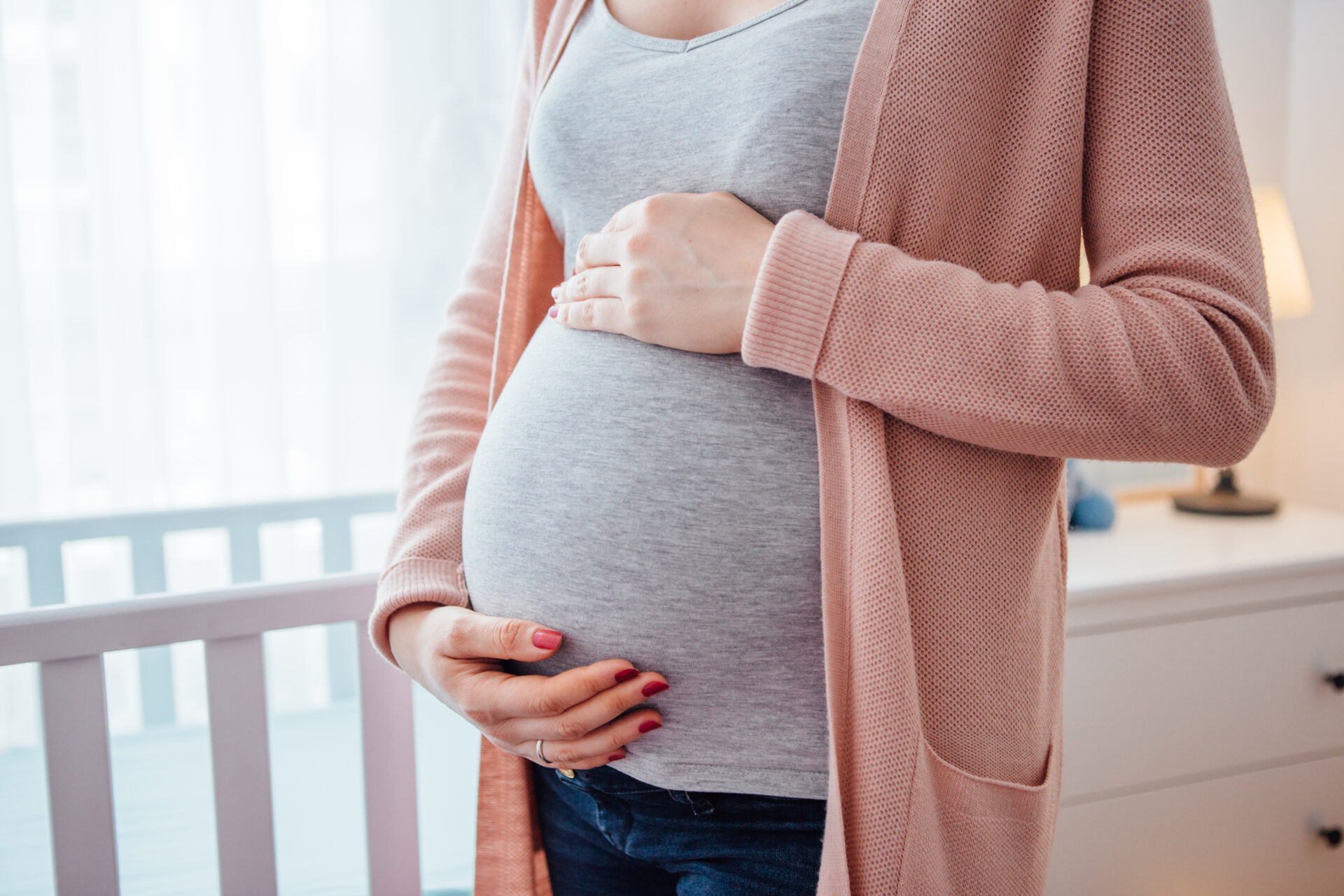Fibroid Treatment and it’s Affect on Pregnancy

This is a question that comes up quite often when we see young women with symptomatic fibroids who need treatment and who still desire to have children in the future.
While any treatment that alters the uterine anatomy or function will have some impact on the overall uterine dynamics of pregnancy, some treatments have minimal effects and have been proven not to interfere with the ability to conceive and carry the pregnancy to term.
We will review here information that will help you make the best decision possible.
First, let’s review how fibroids impact your ability to get pregnant and carry it to term without any treatment:
- Fibroids are usually multiple and of different size, age, and location.
- Fibroids will keep growing until menopause. By menopause, affected women may still have bulk related symptoms including pelvic/back pain and urinary frequency/incontinence.
- Fibroids located within the uterine cavity where the baby is expected to grow will make it very difficult to get pregnant or keep/carry the pregnancy to term. They may even cause life-threatening bleeding jeopardizing both the baby and the mom.
- Fibroids located in the muscle and the surface of the uterus will cause significant pressure on the uterine cavity thus making it less favorable to a successful pregnancy.
- Fibroids may block the fallopian tubes through which the eggs migrate into the uterine cavity.
- Fibroids may grow faster during pregnancy.
- Fibroids will negatively affect the uterine cavity and its blood flow making for a less favorable environment for conceiving.
- Fibroids will compete with the baby and may cause repeat miscarriages.
So, to summarize, pregnancy is still possible and successful even when you have fibroids, especially if they are otherwise asymptomatic. There just needs to be thorough follow up and surveillance in coordination with your obstetrician. You want to ensure an uneventful pregnancy.
Second, let’s review what treatments are usually offered and appropriate when you have symptomatic fibroids and still desire pregnancy:
- Traditionally, myomectomy (Surgical fibroid removal) was the only option available. It can be done via open abdomen or laparoscopy (See our blog about traditional surgery for fibroids). Either way, instruments are introduced into the abdomen and surgery carried out inside the abdomen in the usual invasive way.
- Today, technology-driven new era treatment research has led to minimally invasive procedures that provide easy and safe treatment with fast recovery. No incisions involved whatsoever.
- Enter Uterine fibroid embolization aka UFE. UFE is what the iPhone is to the old phones.
- These are the only two procedures appropriate for a woman with symptomatic fibroids who needs treatment and still desires to have children. They may have some impact on the overall chances of getting pregnant and carrying the pregnancy to term, but they will give you better chances than if you had no treatment at all. Remember, you must get better yourself in order to undertake the pregnancy journey. Its much safer that way.
- Sometimes and depending on individual cases, a combination of both procedures may be advantageous. This requires good multidisciplinary coordination and only with very experienced doctors.
By now you are probably asking which procedure should you go for? Which is the best?
Fair enough😊 Let’s review each of the two procedures, their pros and cons.
Myomectomy aka traditional surgical fibroid removal:
- When you sign a consent form for myomectomy, you will be consenting to a possible hysterectomy aka uterus removal in case of excessive bleeding or difficult surgery or any event that may require a hysterectomy.
- There is a real risk of injury to surrounding organs such as the bladder, the kidney tubes, the bowel
- Invasive, regardless of what fancy technique name is used. May require a hospital stay.
- Instruments are introduced into the abdomen regardless of technique.
- Involves incisions made both on the abdomen and on the uterus itself.
- Will never remove all the fibroids in the uterus, it’s just technically impossible.
- Your fibroids will most likely come back either because of residual tissue from the removed fibroids or the small preexisting fibroids now taking advantage of more blood flow coming their way. There is a whopping 30-65% recurrence rate and you will be offered myomectomy again until you get so exhausted and you will agree to a hysterectomy.
- There will be scaring from all the cutting which will deform the uterus.
- You can’t start trying for pregnancy before 6 months and if you do get pregnant and carry it to term, you will need a C-section no question about it.
- Since instruments and fluids are introduced into the air/CO2 inflated abdomen, the risk of infection is quite real.
- Longer recovery/downtime.
Uterine fibroid embolization aka UFE:
- Minimally invasive. No incisions. Only 1 hour. Same day procedure. No overnight stay.
- Does not interfere with the ability to get pregnant or carry a pregnancy to term.
- Treats ALL the fibroids you have regardless of size, number or location.
- The treated fibroids will not come back.
- Has the safest profile of all procedures available for the treatment of fibroids.
- No instruments, gas or fluids introduced into the abdomen.
- No cutting the uterus and no scaring inside the abdomen.
- Access for the minimal instruments is either through the groin or the wrist through a 2 mm needle puncture. You go home with a bandaid😊
- Downtime is a maximum of one week.
- It does not need repeat procedures. Amazingly, even if you needed repeat treatments, the nature of the procedure makes it quite simple too.
- You can start trying for pregnancy at 3 months instead of 6 months.
- Does not increase the likelihood of having a C-section during delivery.
So, as you can see, it is not that difficult to choose. Just keep in mind that both procedures are the only ones appropriate for a woman with symptomatic fibroids who still desire to have children. They will give you better chances at pregnancy than no treatment at all. UFE happens to be a one-stop treatment with the safest, non-invasive profile that will treat your fibroids while keeping your uterus intact, giving you better control over your situation.
So next time your doctor tells you that Embolizaion (UFE) will keep you from having a child, you will know that its not a correct, well researched statement.


